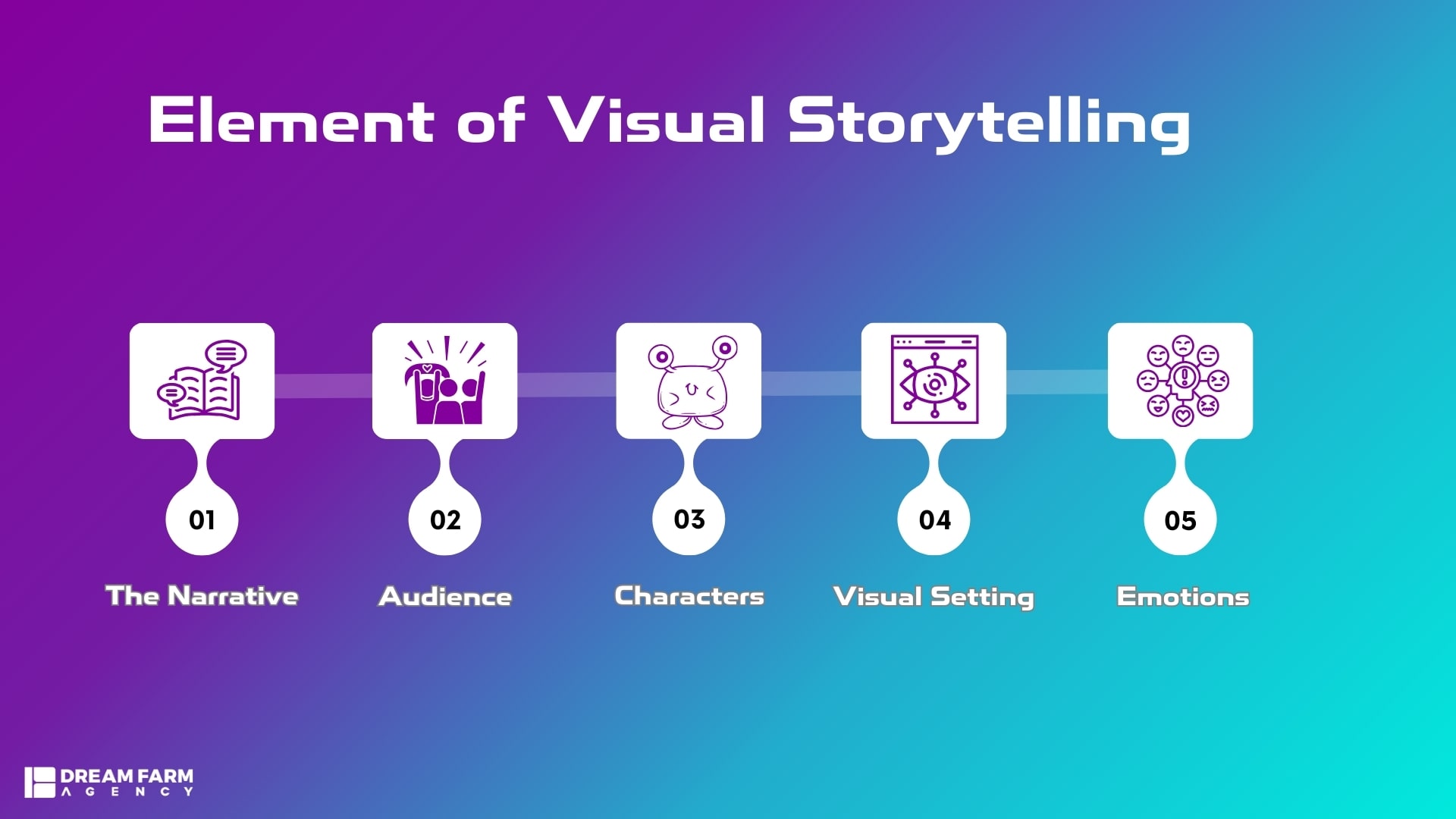We live in a time when people scroll faster than they think. You’ve probably done it yourself, too that short span of seconds when you make the choice of whether or not to slow down and get involved or simply just keep scrolling. With that instant, what holds your focus? Nine out of ten times, it’s something visual. A sticky title, a humorous animation, or an intriguing 3D image. That’s the power of visual storytelling and it’s revolutionizing how we connect, sell, and share ideas.
No matter what your role is whether you’re a content maker, business owner, or just someone who likes to make things look nice it’s no longer a “nice-to-have” skill to know how to use images to tell your story. It’s required. And here’s the thing: you don’t need to be a designer or animator to get it done. With a few important tools and techniques, you can start creating content that not only looks better but also resonates better.
The Shift to Visual-First Comms
Visual Storytelling Think about how people are consuming content now. We clog social feeds with pics, reels, memes, and vibrant graphics. We’re talking in emoji instead of characters. We’re learning from YouTube videos instead of printed guides. Even corporate slides are now reduced-fat dynamic graphics.
This shift is happening for a reason visuals make us able to process information faster. Visuals stick people remember 80% of what they see, but only 20% of what they read, making design more powerful than text alone. That’s a huge difference, and it’s why marketers, educators, and influencers alike are all doubling down on visuals.
But it’s not just about being flashy. Good visual storytelling helps simplify complex ideas, evoke emotion, and guide the viewer through a narrative. Whether you’re explaining a new product, sharing a behind-the-scenes look at your process, or telling a personal story, visuals add context and personality.
Make It Personal, Make It Real
Here’s a quick example from my own experience. A friend of mine runs a small bakery. She uploaded the same old stuff for years menu updates, product pictures, the occasional review. It was fine, but nobody was actually paying attention. Then she uploaded a short video of herself frosting a cake and telling about how she learned the recipe from her grandmother. That post? Went semi-viral. Orders picked up that week. All because people read her story, not her product.
That’s the power of relatable photos. They give your viewers something to feel, not something to look at.
Want to do the same? Start with straightforwardness. Snap real moments of what happens behind your work on your phone. Add captions in your own words. Post errors, bloops, and works-in-progress. Folks aren’t looking for perfection they’re looking for a connection.
Tools That Make It Easier Than Ever
Now, let’s talk about tools. You don’t need a fancy setup to begin. There are plenty of user-friendly platforms out there to make beautiful visuals without spending forever learning how.
One tool that I’ve come to appreciate is an AI 3d text generator. It’s a fun and easy way to take plain words and turn them into bold, eye-catching visuals. Whether you’re making a title for your website, social media update, or even a presentation title, 3D text can provide that extra kick. And as some of them are AI-based, they give smart suggestions and templates to help you become creative even if you’re not design-oriented.
Another friend of mine, who makes a part-time income through online marketing, used an AI 3D text generator to create attention-grabbing title graphics for her Instagram reels. She noticed higher clicks and saves on those videos just because the titles themselves looked cool on the screen. It’s a small thing, but in a busy world, small things count.
Know Your Audience, Then Surprise Them
The thing is, though: it’s not about creating flashy graphics merely for the purposes of being flashy. The power is in applying graphics to speak your audience’s language and then surprising them.
Let’s say your audience is into wellness. Instead of posting yet another motivational quote in plain text, why not turn it into a glowing 3D mantra using an AI 3d text generator? Maybe animate it slightly or layer it over a calming video background. Now you’re not just sharing a quote you’re creating an experience.
Or if you’re in tech or gaming, 3D graphics are a no-brainer. But what if you used them to explain something technical in an entirely accessible way? Like a spinning 3D word cloud to introduce an idea, or a graphic “FAQ” with a stylized “read on” that draws people in? These flourishes show that you care about both the content and the experience.
Final Thoughts: Tell Stories That Stick
People may forget the facts but they’ll remember how you made them feel. Visual storytelling isn’t decoration; it’s how your message sticks.
And the good news? No design degree or big budget needed get pro-level results with ease. You simply need to be willing to put something real out there with a little creativity, some useful tools, and an openness to just do it.
So the next time you sit down to post, pitch, or present think pictures. Think story. And most importantly, think about the human on the other side of the screen. What would make you pause scrolling?
Also Read: Recifest.com: The Ultimate Knowledge Hub for Smart Readers
